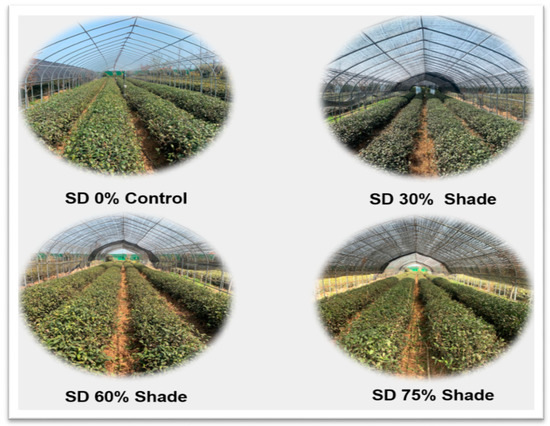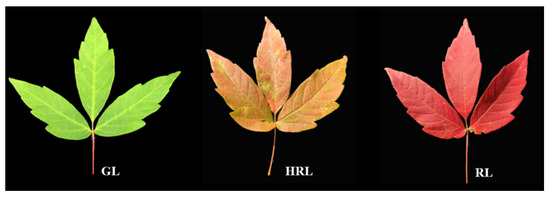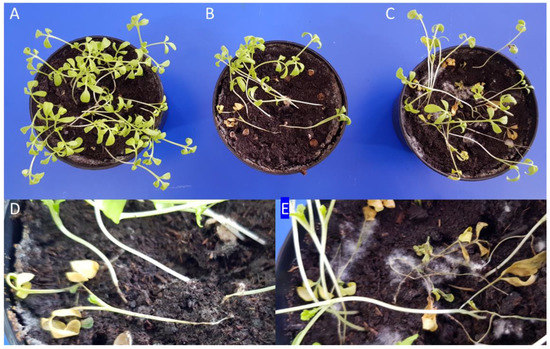Horticulturae 2022, 8(7), 638; https://doi.org/10.3390/horticulturae8070638 - 14 Jul 2022
Cited by 8 | Viewed by 3621
Abstract
There is an increasing interest in the use of seawater in horticulture. The objective of this study was to evaluate Beta vulgaris var. cicla (Swiss chard) and its wild ancestor B. vulgaris spp. maritima (sea beet) as potential crop species for seawater hydroponics
[...] Read more.
There is an increasing interest in the use of seawater in horticulture. The objective of this study was to evaluate Beta vulgaris var. cicla (Swiss chard) and its wild ancestor B. vulgaris spp. maritima (sea beet) as potential crop species for seawater hydroponics or aquaponics. Both species were grown in a floating system for leaf production with recurrent harvests. The nutrient solutions contained different concentrations of nitrate (1 and 10 mM) and a synthetic sea salt (0 and 10 g L−1), in a factorial design, where the saline solution with a low nitrate level intended to mimic the typical nutritional conditions of saltwater aquaponics. In both species, increasing the salinity or reducing the N level in the nutrient solution reduced the crop yield and total dry biomass. In both Swiss chard and sea beet, the use of saline water resulted in a lower leaf concentration of K, Ca, Cu, and Mn, and a greater content of Na and Cl. In Swiss chard, an increase in Na and Cl and a decrease in K leaf content were found in successive harvests. On average, sea beet showed a higher leaf production and accumulation of nitrate than Swiss chard.
Full article
(This article belongs to the Collection Biosaline Agriculture)
►
Show Figures













